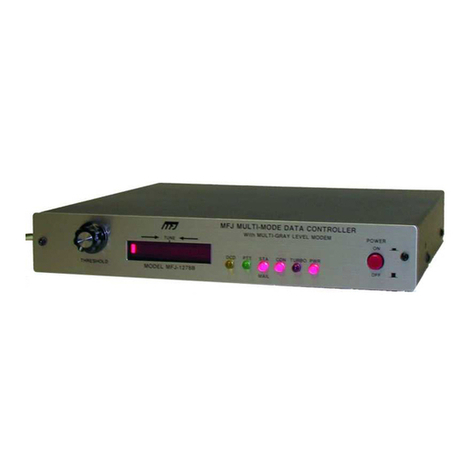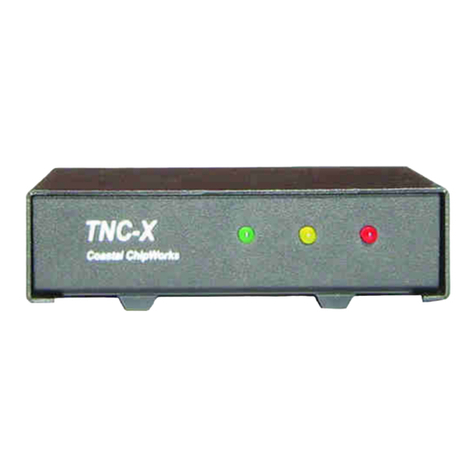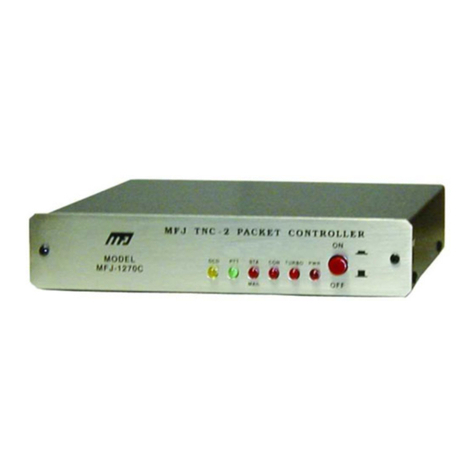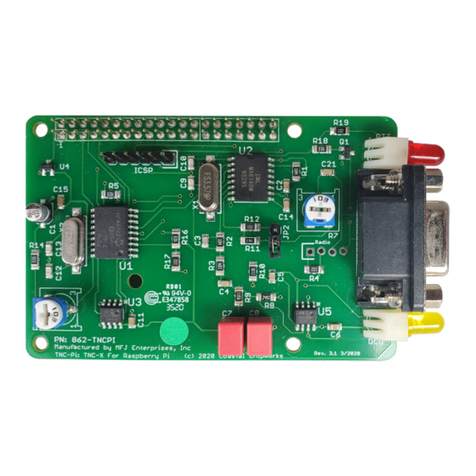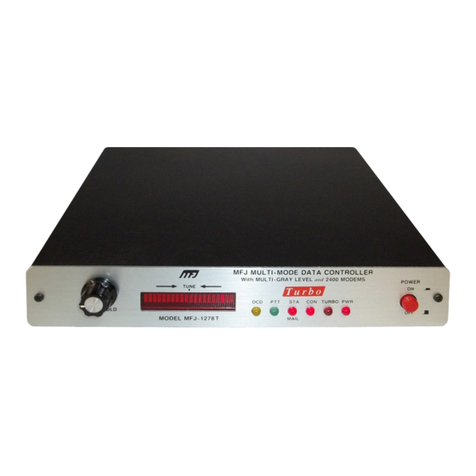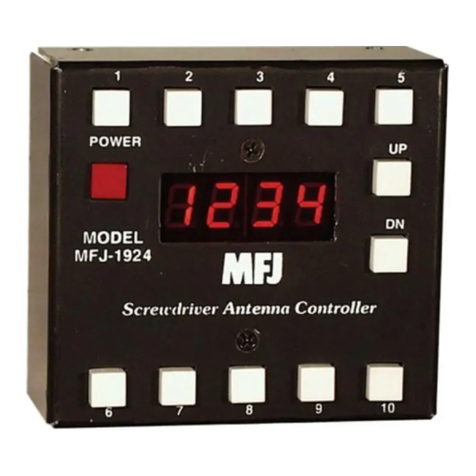Table of Contents
Specifications .............................................................. 1
Connections ................................................................ 2
Basic Operation ........................................................... 3
Keyer Reset ................................................................. 3
Menu Operation ........................................................... 4
Paddle Operation ......................................................... 4
Keyboard Operation ..................................................... 5
Keyboard Function Keys ..................................... 5
Keyer Terminal Operation ............................................. 6
Configuration .................................................... 6
On-Line Help ..................................................... 6
Menu A
Message Memory .............................................. 7
Embedded Commands ....................................... 8
Serial Number Decrement .................................. 9
Memory Bank Select .......................................... 9
Menu B
Command Mode ................................................ 9
Command Mode Commands ............................... 10
Speed Set ......................................................... 11
Weight Set ........................................................ 11
Sidetone Set ..................................................... 11
Output Tune ..................................................... 12
Edit Message .................................................... 12
Menu C
Semi-Auto On/Off .............................................. 13
Iambic On/Off ................................................... 13
Queue On/Off ................................................... 13
Sidetone On/Off ................................................ 13
Output On/Off ................................................... 13
FCC Exam ......................................................... 13
Menu D
Serial No. Store ................................................. 14
Iambic A or B .................................................... 14
Paddle Reverse ................................................. 14
Hand Key .......................................................... 14
Random Code ................................................... 14
QSO Simulator .................................................. 14
Typical Settings for a Contest ........................................ 15
Learning Code with the Random Code Generator ............ 15
Practicing With the FCC Exam Simulator ........................ 16
Teaching Code ............................................................. 16
Battery Removal and Installation ................................... 16
Technical Assistance ..................................................... 16
Configuration File Format ............................................. 17
Command Mode Quick Reference .................................. 18
Keyboard Character to Morse Code Table ....................... 19
CW Abbreviations ......................................................... 20
Meaning of Q Signals ................................................... 20
MFJ-493 Parts List ........................................................ 21
MFJ-493 Schematic ...................................................... 23
ADDENDUM ................................................................. 24







